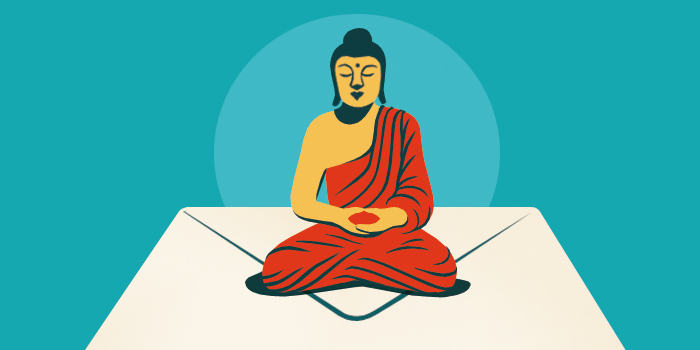Do all Buddhists meditate?

NCB / Alamy Stock Photo
Most people associate Buddhism with meditation, and for good reason. According to the stories of the Buddha’s life and to the records we have of his teaching, he himself reached awakening through meditating. In other words, the wisdom and insight he was able to develop through a quiet, clear, and concentrated mind—which he honed through meditation—were what ultimately enabled him to free his mind completely. Moreover, many of the teachings the Buddha gave throughout the rest of his life revolved around the foundational role of meditation in developing the other factors that lead to awakening.
Today, many of the traditions of Buddhism present in the West place a lot of emphasis on meditation as a basic practice that is routinely taught to beginners. Yet until the 20th century, when meditation practice was popularized for laypeople, most Buddhists did not meditate. Traditionally meditation was taught only to monastics, and certain ones at that. And as put by the scholar Erik Braun, even the relatively few Buddhists in history who found meditation to be essential “have not doubted that one can live a worthwhile and authentic Buddhist life without meditating.”
Some schools of Buddhism stress forms of practice other than sitting meditation. Chanting, walking, visualizing the Buddha and other figures, and creating ritual works of art can all help people to awaken. In Tibetan Buddhism, for instance, sitting meditation is an important element of the path, but other forms of practice are considered equally important, including prostrations, visualizations, and prayers.
And some of the most popular contemporary schools do not practice sitting meditation at all. Nichiren Buddhism, for instance, which first developed in Japan in the 13th century and is based on a text known as the Lotus Sutra, is generally practiced by chanting the text’s title in Japanese, Nam-myoho-renge-kyo, over and over again.

Tricycle is more than a magazine
Gain access to the best in sprititual film, our growing collection of e-books, and monthly talks, plus our 25-year archive
Subscribe now